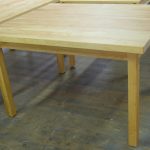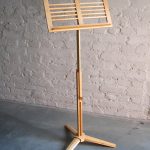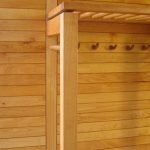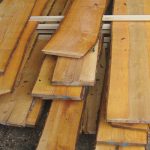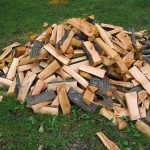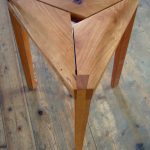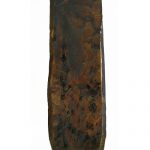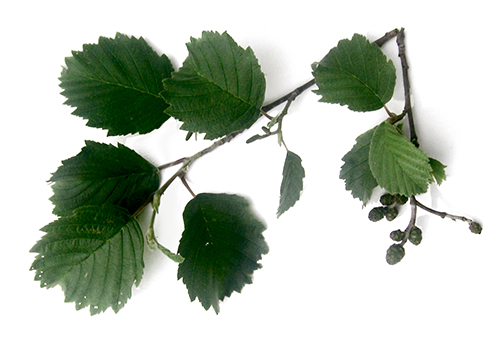
- Klibbal (S)
- Black alder (GB)
- Schwarzerle (D)
- L´aune glutineux (F)
The name of tar alder probably refers to the fact that its large, dark green and shiny leaves feel a little sticky, especially when they are young.
Distribution
- Tar alder has spread almost throughout Europe.
- In Finland it can be found as far north as Kemi.
Habitat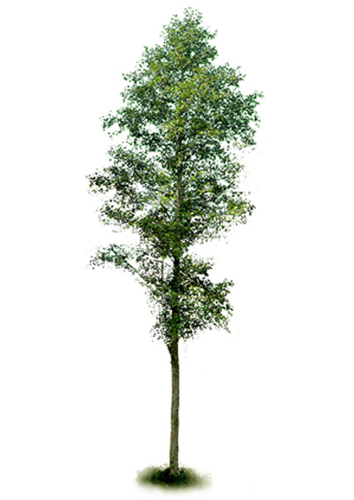
- Tar alder grows best in moist habitats which are rich in nutrients and have streaming ground water.
- Nutritious and moist habitats are suitable for cultivating the tree. For example flood plain forests, shores of seas and lakes, the edges of swamps and stream banks are good habitats.
- Tar alder withstands shade, but not dryness.
Growth characteristics
- Tar alder grows approximately 30 meters high. It has a sturdy trunk covered by dark and rough bark.
- Tar alder has a widely extensive root system. Fungal mycelium, which lives in the root tubers, binds nitrogen for the tree to use.
- The leaves are green when they fall, so they decompose into quality soil.
- Tar alder can renew itself also by growing shoots from an old stump. A young tar alder is fast-growing and grows sturdier and older than grey alder.
- In order to grow straight and branchless trunks, young tar alders grow densely. As they age they have to be thinned out, so that the trunks grow sturdy. The felling age is approximately 50 years.
- The trunk of a quality tar alder is straight and branchless up to over 5 meters. Its diameter is over 25 cm at chest height. Cracks, water sprouts or rot are not acceptable.
Properties of the wood
- The wood is reddish. Contact with air and light make it darker.
- The wood is soft and light in weight.
- Fresh wood rots easily, but it is rot resistant in water and ground.
- Sap and heartwood are reddish and not clearly distinguishable from each other.
- The felling date, habitat and drying affect the intensity of the colour.
- Tar alder must be grown densely in order to grow quality material for carpentry. In dense conditions it grows a straight and branchless trunk.
- Alder is easy to work and surface finish.
- Flame patterned wood is especially desired for veneering.
- The commonly appearing dark shaded rot at an early stage can be usable material for furniture when it is selected well.
- The weight of air-dry sawn timber is 550 kg/m3.
- A-class wood is even in quality and colour. It should be free of knots and rot. It is used for interior decoration, decorative items, utility articles and musical instruments.
- B-class wood is used for panels, furniture and hidden structures.
- C-class tar alder is used in packaging, structures and smoking chips.
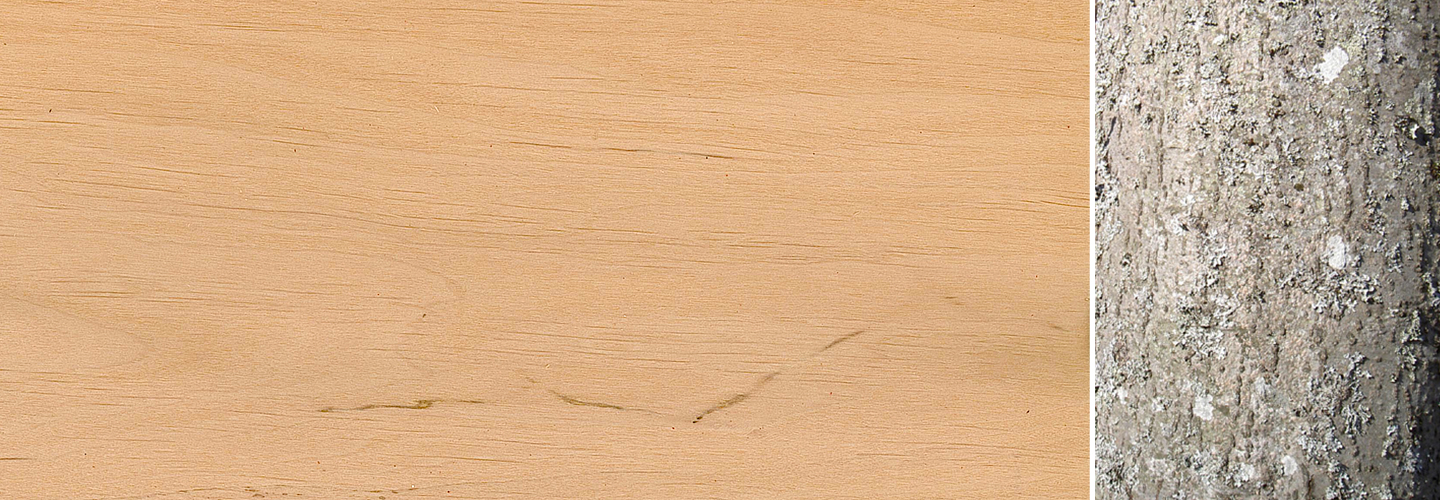
Surface treatment
The wood samples have been surface treated as such:
- Left, water-based acrylic lacquer
- Center, no treatment
- Right, two component catalystlacquer or oil
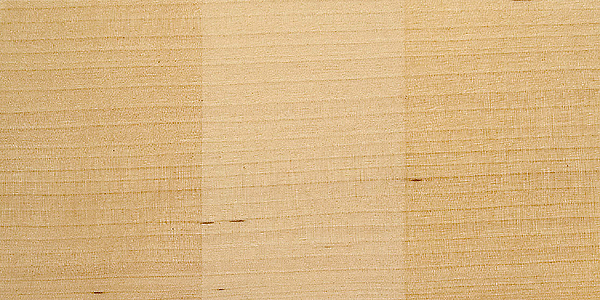
Radial cut
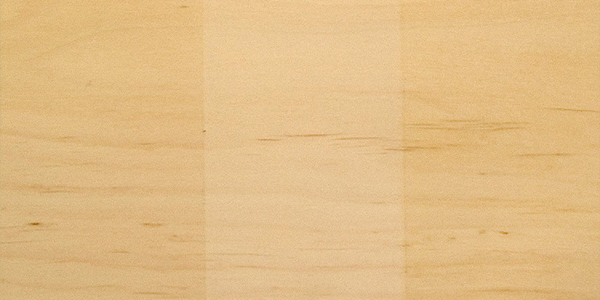
Tangential cut
Usage
- Alder is excellent raw material for carpentry.
- It is used for furniture, decorative items and utility articles, interior decoration, musical instruments and smoking chips.
- It is especially suitable for sauna benches and wall panels.
- Uses from the past: carpentry, wooden shoes, poles, water pipes, tool boxes, boxes, dyeing, charcoal for black gun powder.
